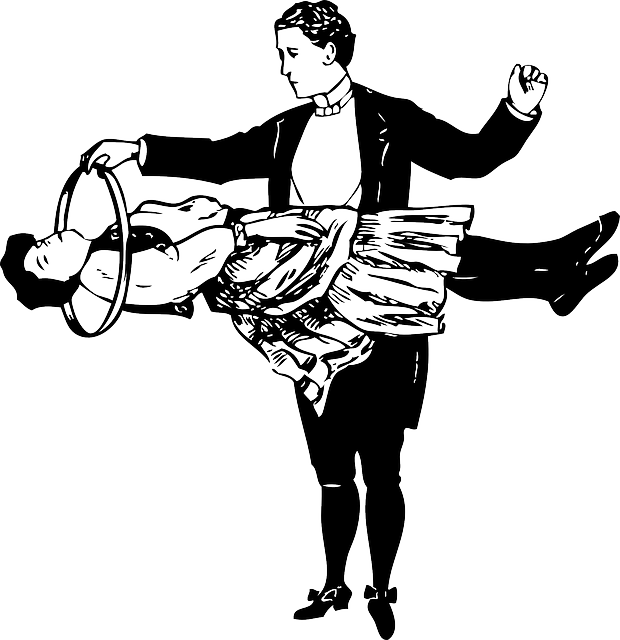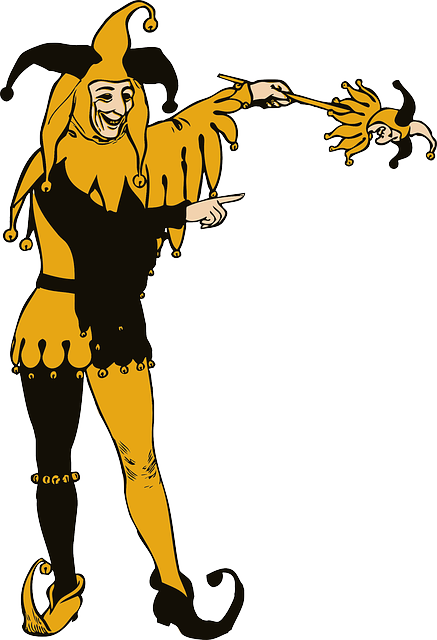Agility Blockers
How we self inhibit our strategy's agility
Blockers are the triggers we inject in our organizations often without knowing it, and that generate agility-inhibiting practices and behaviours. They represent automated patterns in our organizations for how to think, feel, and respond to change. They cause stress, anxiety, self-doubt, frustration in the organization, and sabotage performance.


1. Myopia
This lack of insight is without any doubt the master blocker. "We have a vision, that's good enough, let's focus on the plan". In fact, in today's world, not only the leaders, but the whole organization needs to be able to see far, to catch what is going on. What are the trends, the weak signals in the landscape ? How are my traditional competitors moving ? Which unconventional actors might enter the playing field? Who are my stakeholders, are they helping ? In a nutshell, what are the dynamics ?

2. Disconnection
"In doubt, do the right thing" - Yes, but without guidance how do we know? When we’re lost in nature, we look for high points in the landscape to understand where we are and the direction to reach our end destination. In an organization, we do have the equivalent of peaks in nature. They're called: vision, mission, values, principles. If we have them clear, then we can be agile in execution. But if we're disconnected from them, it's not agility, it's chaos.

3. Dissonance
In a volatile environment, "command & control" is obsolete; we need to be as bottom-up as possible on execution. To allow this, both the destination and the high-level way there must be crystal clear. This is what strategic storytelling does. Both the absence of a clear, cohesive narrative and the lack of coherence will create dissonance. The consequence is failure to engage and align stakeholders.

4. Avoidance
This is the scenario where there is a failure to take responsibility for decisions, outcome or results, leading to lapses in achieving strategic objectives. Why? Because lack of accountability it creates a finger-pointing culture, a risk-adverse environment that kills creativity and agility
5. Indifference
This lack of sense of ownership, personal commitment and engagement has a significant impact on agility. Because on the road to the vision, there will be lots of obstacles, lots of change. And this is usually painful. Only shared ownership provides the energy required. If employees do not “own” the vision, the strategy, why would they be proactive responding to context alterations, why would they even care?

6. Ambiguity
At the heart of an organization, there is decision-making. Whether at the Board level or at team level,
decision-making happens continuously and triggers action, sometimes of critical importance. Who decides? How? Is the decision clear?
Governance is the neural system of an organization. If it doesn't work, it's like the brain sending a signal that muscles cannot understand. This kills execution even before killing agility.
decision-making happens continuously and triggers action, sometimes of critical importance. Who decides? How? Is the decision clear?
Governance is the neural system of an organization. If it doesn't work, it's like the brain sending a signal that muscles cannot understand. This kills execution even before killing agility.

7. Ungroundedness
In modern organizations, the team, not the individual, is the fundamental unit, the primary subsystem of larger organizational and societal systems. The resilience of an organization starts with the resilience of the teams, their ability to remain anchored whatever happens. The main enabler of anchoring is the commitment to continuous learning.

8. Rigidity
Whether traditional top-down or holacratic structures, both take their “way” as a dogma, which means static. The issue is, the new world is not…static. organizations’ shape should be dynamic instead of static: morpho-dynamic. In some circumstances, the structure should be flatter and closer to holacracy, in other situations more pyramidal
